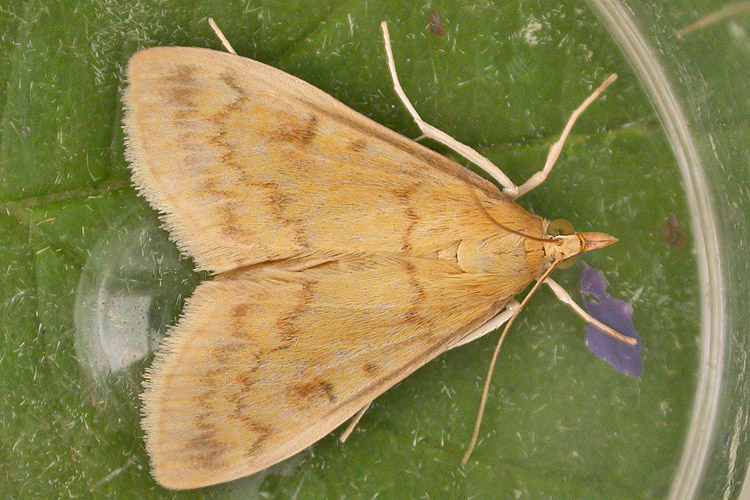Farmers need to stay vigilant in summertime

Even though most crops are now planted and growing throughout Ontario, there are still plenty of issues for farmers to watch for in their fields. Insects and disease are two of the biggest concerns through the summertime season, and farmers must pay close attention to both of them–either one can cause issues that significantly affect the yield of the crop.
In soybeans farmers pay close attention for insects such as spider mites and aphids, and diseases such as bacterial blight and white mold. In wheat, farmers keep a close eye for army worm, and wheat diseases such as leaf rust or fusarium head blight. In corn fields, farmers watch for European corn borer or corn rootworm insects, while watching for leaf diseases such as Northern corn leaf blight.
These are just some of the more common pests and diseases that can attack a crop–there are dozens more that farmers must be diligent in looking for. Various insects or disease might appear due to certain weather patterns: either too much or too little rain can trigger certain insects or diseases to appear. This is one of the many reasons why farmers are keen observers of weather patterns. If the pest or disease does reach a threshold throughout the crop, spraying might be required; however, there is nothing that can be done about some diseases. Spraying for certain pests and disease is only done as a last means of resort to protect the crop’s yield as well as the farmer’s bottom line. To spray for pests and disease is extremely costly, so a farmer will only spray if it is absolutely necessary.
